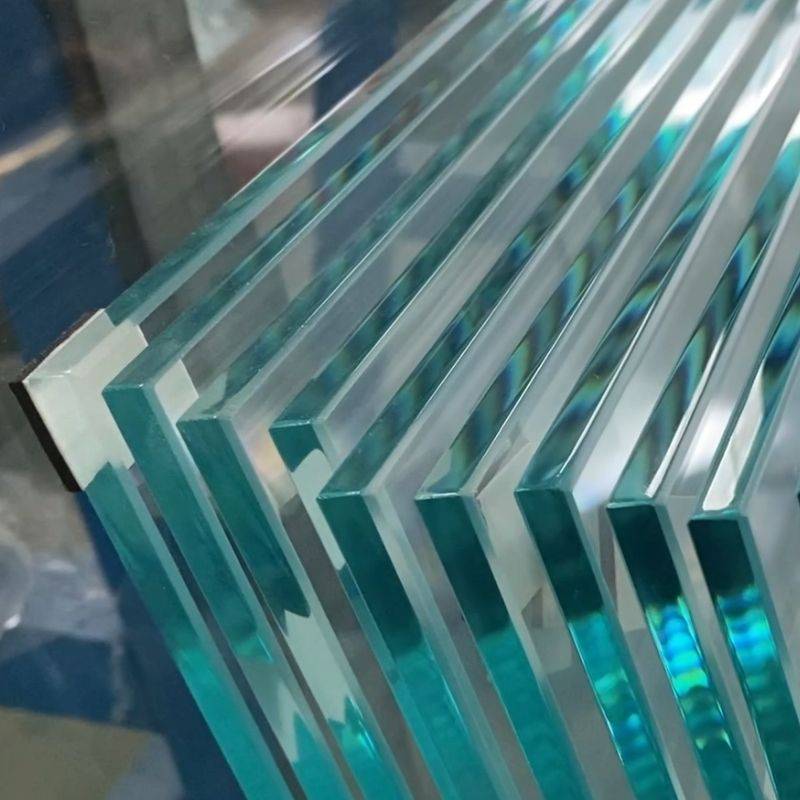

The Benefits of Solar Control Low E Glass
In an increasingly energy-conscious world, the choice of materials used in construction plays a pivotal role in enhancing energy efficiency and reducing environmental impact. One of the most significant advancements in architectural glass technology is the development of solar control low E (low emissivity) glass. This specialized type of glass not only offers aesthetic appeal but also plays a crucial role in maintaining indoor comfort, reducing energy consumption, and minimizing UV exposure.
Understanding Low E Glass
Low E glass is coated with a thin layer of metallic oxides, which significantly reduces the amount of infrared and ultraviolet light that can pass through it without compromising the visible light that enters a building. This selective permeability makes low E glass particularly valuable in climates with high solar heat gain. By reflecting heat away from interior spaces, solar control low E glass helps maintain a more stable indoor temperature, thereby reducing the reliance on heating and cooling systems.
Energy Efficiency
One of the primary advantages of installing solar control low E glass in buildings is its ability to improve energy efficiency. Traditional glass typically allows a significant amount of heat to enter a building, which can lead to discomfort and increased energy costs as HVAC systems work overtime to cool down the indoor environment. In contrast, solar control low E glass reflects a substantial portion of the sun's heat, helping to keep indoor spaces cooler during hot weather. This not only enhances occupant comfort but also translates to lower energy bills, making it a smart investment for homeowners and businesses alike.
UV Protection

In addition to its thermal benefits, solar control low E glass provides excellent UV protection. Prolonged exposure to ultraviolet light can damage furniture, artwork, and flooring, leading to fading and deterioration. By blocking up to 99% of harmful UV rays, this type of glass helps preserve the integrity of interior furnishings, extending their lifespan and maintaining their aesthetic appeal. This feature is particularly beneficial for retail establishments, museums, and homes with valuable decor that could be adversely affected by UV exposure.
Aesthetics and Natural Light
While energy efficiency and UV protection are paramount, the aesthetic benefits of solar control low E glass cannot be overlooked. This glass allows for higher levels of natural light to filter into a building without the accompanying heat that typically comes with traditional glass. This means that spaces can feel open and bright without overheating. As a result, architects and designers are increasingly incorporating this glass into their projects to create modern, visually appealing environments that promote well-being and productivity among occupants.
Environmental Impact
By reducing energy consumption, solar control low E glass directly contributes to lower carbon emissions associated with heating and cooling. As buildings account for a significant portion of global energy use, adopting energy-efficient technology like low E glass is a critical step in tackling climate change. Furthermore, many manufacturers produce low E glass using sustainable practices, adding another layer of environmental responsibility to its use.
Conclusion
In summary, solar control low E glass is a transformative material that offers numerous benefits for residential and commercial buildings alike. Its ability to enhance energy efficiency, protect against UV rays, improve indoor comfort, and contribute to environmental sustainability makes it an invaluable choice for modern construction. As the demand for eco-friendly building materials continues to grow, investing in solar control low E glass is not just a forward-thinking decision; it is a step towards a greener future. Embracing such innovative solutions will ensure that we not only meet our current needs but also secure a sustainable environment for future generations.